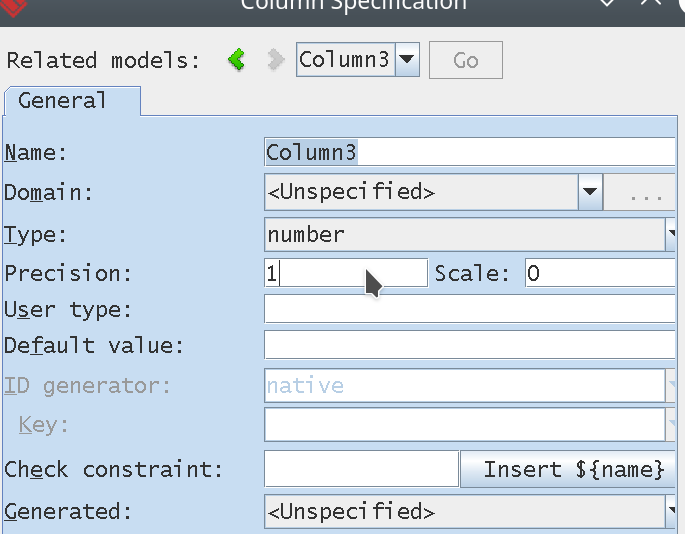

The constant 1 is there just because something has to be indexed. The only relevant part about this index is its WHERE condition. That indexed value is the constant 1 (index expressions that are not column references or look like a function call have to be in an extra pair of parentheses for syntactical reasons). In this case it is best to create a partial index like CREATE INDEX ON mytab((1)) WHERE boolcolumn

If only a small fraction of the table has the value TRUE (or FALSE for that matter). In data warehouse scenarios, where it can be combined with other indexes via a bitmap index scan. To construct the NpgsqlDbType for an int, write NpgsqlDbType.Array | NpgsqlDbType.Integer.įor information about enums, see the Enums and Composites page.PostgreSQL will use an index only if it thinks it will be cheaper that way.Īn index on a boolean column, which can only take two possible values, will almost never be used, because it is cheaper to sequentially read the whole table than to use random I/O on the index and the table if a high percantage of the table has to be retrieved.Īn index on a boolean column is only useful For example, to construct the NpgsqlDbType for a int4range, write NpgsqlDbType.Range | NpgsqlDbType.Integer. Notes when using Range and Array, bitwise-or NpgsqlDbType.Range or NpgsqlDbType.Array with the child type. In versions prior to 6.0 (or when Npgsql.EnableLegacyTimestampBehavior is enabled), DateTime is always written as timestamp without time zone.ĢIn versions prior to 6.0 (or when Npgsql.EnableLegacyTimestampBehavior is enabled), DbType.DateTime is mapped to timestamp without time zone. String, StringFixedLength, AnsiString, AnsiStringFixedLengthġ UTC DateTime is written as timestamp with time zone, Local/Unspecified DateTimes are written as timestamp without time zone. If none of the above is set, the backend type will be inferred from the CLR value type.If the parameter's DbType is set, it is used.If the parameter's DataType is set, it is used.If the parameter's NpgsqlDbType is set, it is used.There are three rules that determine the PostgreSQL type sent for a parameter: These can be retrieved by calling NpgsqlDataReader.GetBoolean(), GetByte(), GetDouble() etc. NET type if there is no specialization.įinally, the third column specifies other CLR types which Npgsql supports for the PostgreSQL data type. NpgsqlDataReader.GetProviderSpecificValue will return a value of a data type specified in the Provider-specific type column, or the Default. NET type column specifies the data type NpgsqlDataReader.GetValue() will return. Consider using NodaTime's Period type, or NpgsqlInterval. See the breaking change note for more info.Ģ In versions prior to 6.0 (or when Npgsql.EnableLegacyTimestampBehavior is enabled), reading a timestamp with time zone as a DateTimeOffset returns a local offset based on the timezone of the server where Npgsql is running.ģ PostgreSQL intervals with month or year components cannot be read as TimeSpan. Lets explore more about these conditional statements. Long, byte, short, int, float, double, decimalīyte, short, int, long, float, double, BigInteger (6.0+)ġ In versions prior to 6.0 (or when Npgsql.EnableLegacyTimestampBehavior is enabled), reading a timestamp with time zone returns a Local DateTime instead of Utc. To get more technical, boolean logic is a way of representing how bits in a computer are processed. Provider-specific types are returned by NpgsqlDataReader.GetProviderSpecificValue().īyte, sbyte, int, long, float, double, decimalīyte, short, long, float, double, decimal.You can read as other types by calling NpgsqlDataReader.GetFieldValue().The default type is returned when using NpgsqlCommand.ExecuteScalar(), NpgsqlDataReader.GetValue() and similar methods.The following shows the mappings used when reading values. spatial support for PostGIS), these are listed in the Types menu. Note also that several plugins exist to add support for more mappings (e.g.

Note that in addition to the below, enum and composite mappings are documented in a separate page. The following lists the built-in mappings when reading and writing CLR types to PostgreSQL types.


 0 kommentar(er)
0 kommentar(er)
